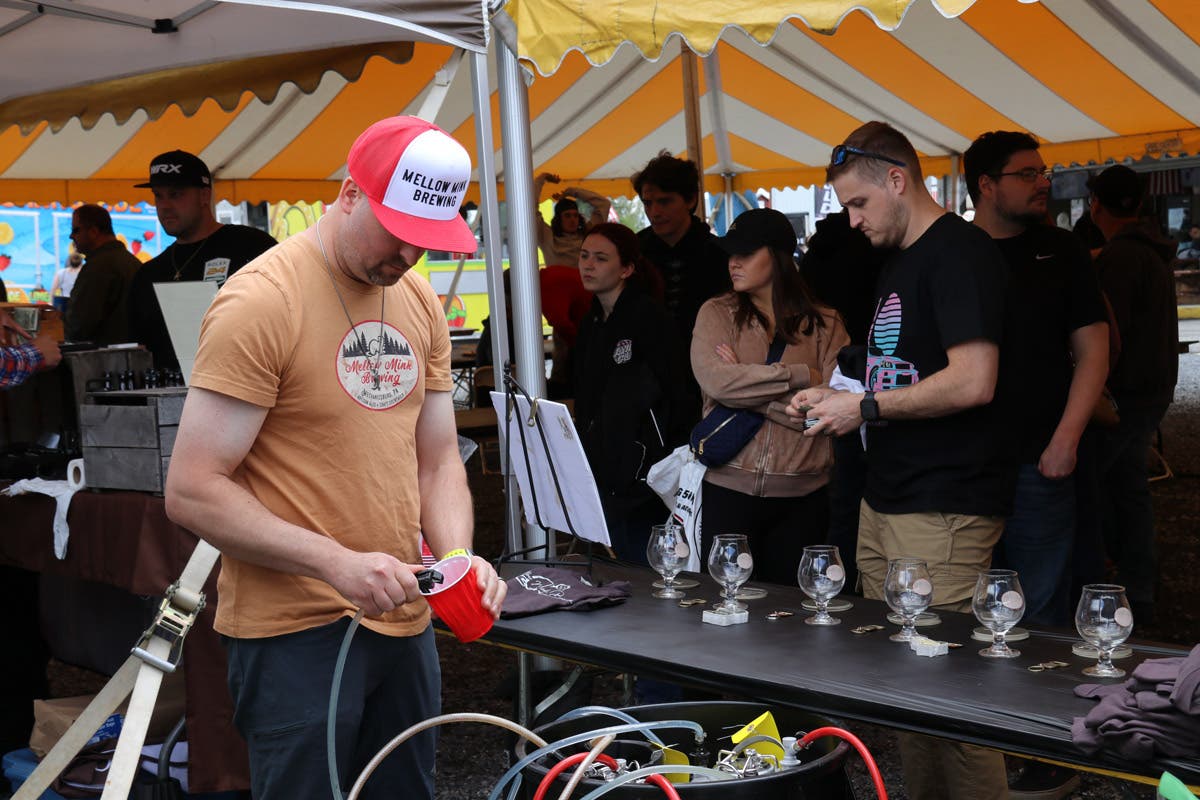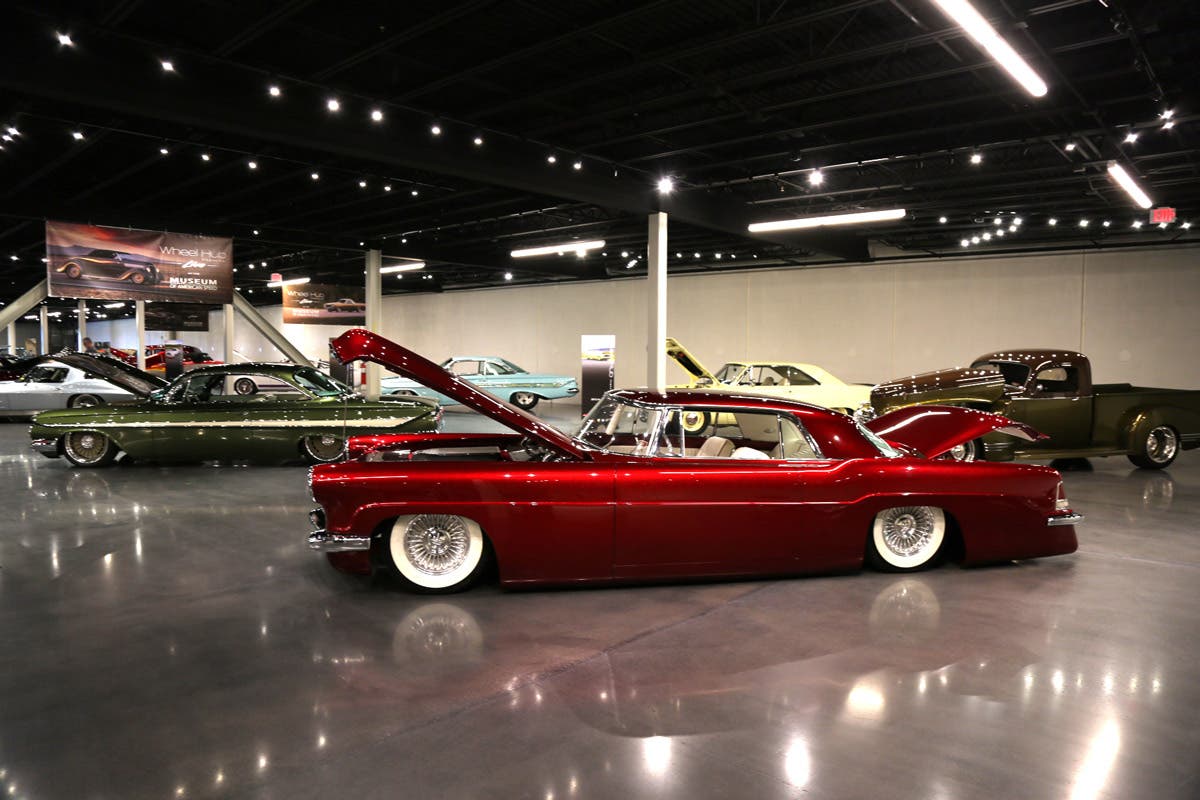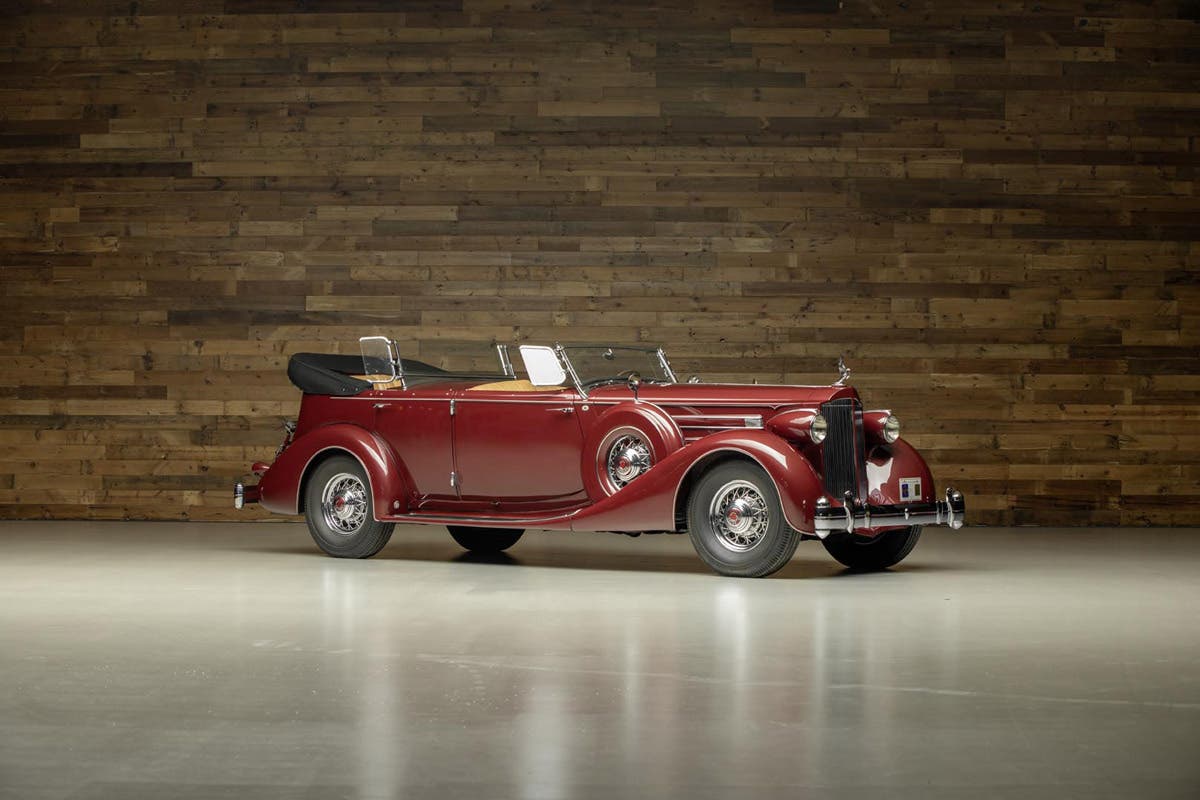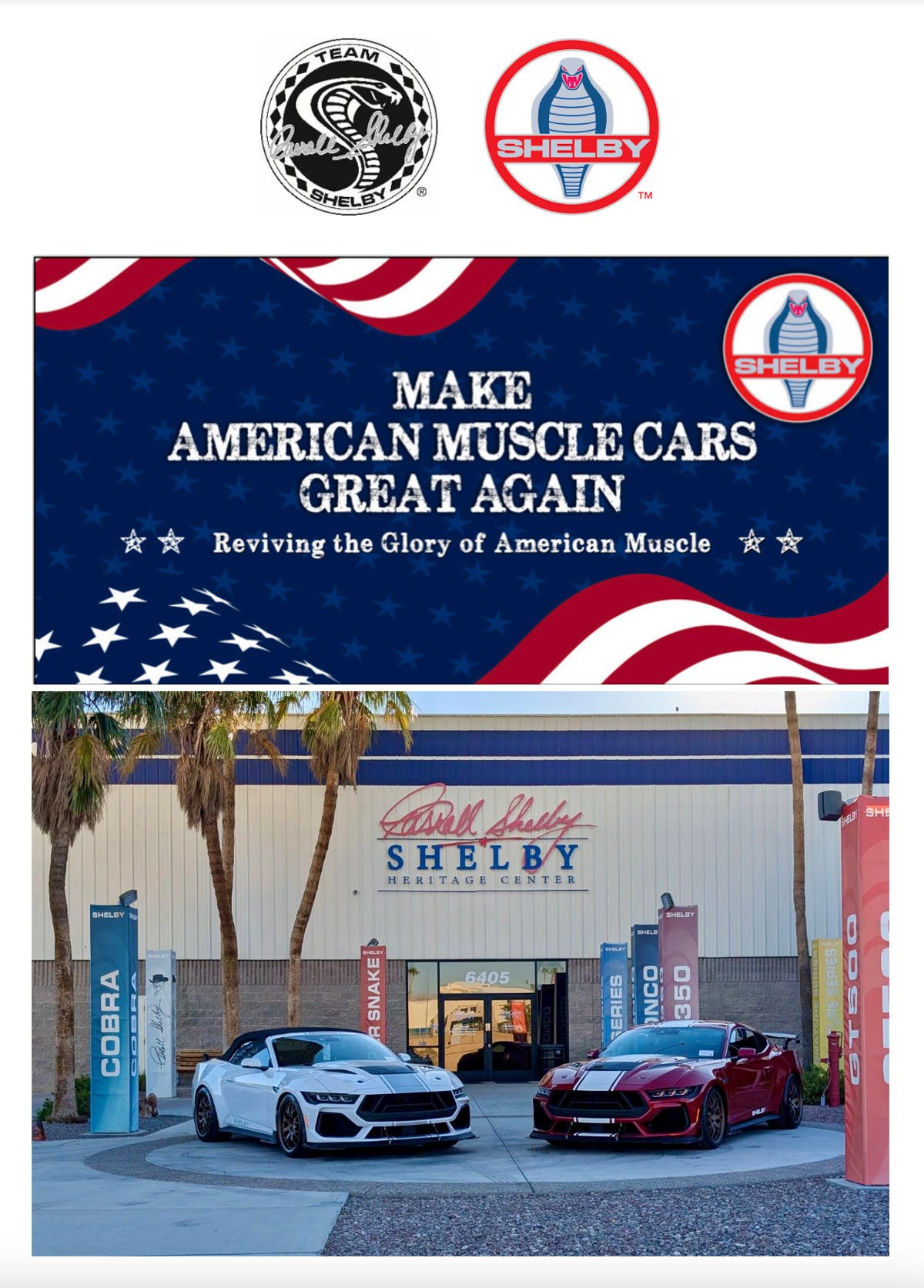Pennsylvania Turnpike paved the way for today’s interstates part I
Gregg D. Merksamer It is likely that the best way to understand the true importance of the Pennsylvania Turnpike, which became America’s first long-distance superhighway when the initial 160-mile section…
Gregg D. Merksamer
It is likely that the best way to understand the true importance of the Pennsylvania Turnpike, which became America’s first long-distance superhighway when the initial 160-mile section between Carlisle (16 miles west of Harrisburg) and Irwin (21 miles east of Pittsburgh) opened to traffic on October 1st, 1940, is to drive through the Allegheny Mountains on an equivalent stretch of the old Lincoln Highway (U.S. 30). While this latter route is no less historically-significant, being part of the first transcontinental paved highway when it was finished in 1916, it’s an old-fashioned, unlimited access road that climbs and descends perilously over six steep mountains at a grade of up to nine percent (a nine-foot elevation change for every 100 feet traveled); even today it’s virtually impassable in a snowstorm and, no doubt looking back, was a major challenge to the low-powered cars of the teens and twenties and the heavy trucks of the 1930s. One alternate was the William Penn Highway (U.S. 22), which crossed the Alleghenies further to the north where the grades were lower, but it was a considerably longer route between the state capitol and the steel capitol.
One thing that even the most trivia-obsessed traveler might not know about the Pennsylvania Turnpike is that it overcame this ancient barrier by incorporating seven of nine abandoned tunnels left over from a nineteenth century railroad war. During the 1870s and 1880s a number of railroads in the New York-to-Chicago corridor were engaged in bitter competition for freight and passenger business, with many speculators forming new companies with the sole intent of being bought out by a larger competitor. As far as this all-important route west was concerned, the most visible struggle of the period pitted George Roberts and the Harrisburg-to-Pittsburgh route of his Pennsylvania Railroad against William H. Vanderbilt and the New York-to-Buffalo line of his New York Central Railroad; forming a $15 million syndicate with Andrew Carnegie and Henry Oliver of the Oliver Iron Works (who bristled at the P.R.R.’s exorbitant freight rates), Vanderbilt purchased a controlling interest in the South Pennsylvania Railroad Company, which possessed a right-of-way through the southern Pennsylvania Alleghenies that was nearly fifty miles shorter than the P.R.R.’s route through the central part of the state.
Commencing construction in 1883, Vanderbilt poured thousands of laborers into the mountains and, by the September of 1885, close to $10 million had been invested to complete five million cubic yards of grading and begin the excavation of nine tunnels totaling six and a half miles in length. At this junction Wall Street financier John Pierpoint Morgan stepped in and, through his seat on the board of the New York Central, worked out a compromise where the P.R.R. purchased its new rival. The half-finished Allegheny tunnels, which had also cost 26 men their lives, were abandoned so abruptly that many laborers simply dropped their tools and walked away.
Approximately fifty years later, in 1934, a Pennsylvania State Planning Board member named Victor Lecoq concluded this abandoned right-of-way could facilitate the construction of an all-weather highway that would provide jobs for a large number of Depression-era unemployed (he had learned about the tunnels from Edward Flickinger, a city planner in the State’s Department of Internal Affairs, who had played in them as a child and revisited them in 1933). To advance the idea Lecoq teamed with William Sutherland of the Pennsylvania Motor Truck Association and State Representative Clifford Patterson, who had become all-too-familiar with the Lincoln Highway’s challenges as he traveled back-and-forth between the state capitol at Harrisburg and his home district in Monongahela, who introduced a House Resolution calling for a feasibility study. A Federally-subsidized 1936 engineering survey concluded that it was indeed feasible to complete the tunnels and build a roadway through them, declaring that the abandoned South Penn Railroad route was “the best ever devised between the Ocean and Ohio.” Since the tunnels had been bored at right angles to the rock strata in order to take advantage of the rock’s natural structural strength, the survey crews found most of the tunnel masonry in a remarkable state of preservation. While none of the tunnels had been “bored through,” with the uncompleted sections ranging from 551 feet inside Kittatinny Mountain to 3,379 feet at Sideling Hill (which would be the longest tunnel on the finished Turnpike at 6,782 feet), some were so complete that they even had stone-faced portals.
A potentially-bigger obstacle to the roadway’s completion was that Act 211 of the General Assembly, creating the Pennsylvania Turnpike Commission when it was signed into law by Governor George H. Earle on May 21st, 1937, set aside no funding for construction and stipulated that “the faith and credit of the Commonwealth of Pennsylvania is not pledged to the payment of the principal or interest” of any bonds floated for that purpose. While the Commission counted on creating a clearly-superior highway to justify their reversion to the 19th century practice of charging tolls to the Turnpike’s users, so few people believed that motorists would be willing to pay tolls when alternate free routes were available that the banks expressed no interest in the $60 million in bonds required to finance the project. President Roosevelt, anticipating the war-time benefits of a high-speed route through the Alleghenies, authorized both a $29.2 million Public Works Administration grant and a $40.8 million Reconstruction Finance Corporation loan to assure the Turnpike’s construction.
A May 1st, 1940 deadline attached to the PWA grant (later amended to the end of June) left just 20 months to construct a “substantially complete” highway following the formal groundbreaking on the Eberly farm outside of Carlisle on October 27th, 1938. Accordingly, almost 15,000 workers employed by 155 contractors from eighteen different states (one of them, Mason & Hanger of New York City, had actually worked on the South Penn Railroad project 55 years before) attacked the task in up to three shifts daily, using floodlights powered by gasoline generators in remote areas where commercial electricity was unavailable (another thing speeding up construction was that Pennsylvania was one of the few states where construction could proceed before a settlement was reached with a property owner, postponing this step by posting a bond in court). Vanderbilt’s engineers had planned the South Penn for a maximum grade of two percent, but Turnpike engineers were able to eliminate two tunnels (a third one, at Allegheny Mountain east of Somerset, was entirely new since the old railroad tunnel 85 feet further north was deemed unsafe) and save fill and mileage by specifying a three percent grade that was well within the capabilities of period motor vehicles; with the tunnel bores increased to a 14-foot height and a 23-foot width, reinforced with concrete and equipped with powerful ventilating fans at each end, daily progress ranged from 11.3 feet to 35.7 feet depending on the hardness of the rock. Just east of Everett, the route also incorporated a half-mile-long, 153-foot cut at Clear Ridge that was the deepest attempted in the U.S. to that time, and the channel of the Juniata River was also altered during construction.
Unlike the winding parkways of New York’s Westchester County and Long Island that would not permit (or even fit) trucks when they were completed in the 1920s, the Pennsylvania Turnpike was designed wide and straight to facilitate the fastest possible movement of commercial vehicles over long distances. In order to discourage strip development and minimize interference from local traffic, engineers decided on a 200-foot right-of-way where intersecting roads passed over or under the new route and the only direct access was afforded by eleven interchanges accessed through hexagonal toll booths; billboards were banned from the corridor, of course, and the ten service plazas run by Howard Johnson’s and the Standard Oil Company of Pennsylvania were of a uniform design intended to resemble early stone farm houses. The roadway itself comprised four 12-foot wide concrete lanes with 10-foot breakdown shoulders, a grassy 10-foot center median and banked curves that could be safely taken at 90 mph, which was a real revelation at a time when many roads were deliberately built with flat curves to discourage speeding (there would be no speed limit for the first six months of operation, after which a 70 mph maximum, with a 35 mph restriction in the tunnels, was imposed in April, 1941). Safety officials claimed that without stoplights, intersections or even curves for much of its original length (the longest straightaway was an incredible 13 miles near the eastern terminus in Cumberland County, just before the first tunnel at Blue Mountain), the Turnpike would eliminate 95% of the causes of auto accidents. While the concept of a limited-access highway was by no means new - in 1906, French engineer Eugene Henard published proposals for grade-separated intersections which differed little from the modern cloverleaf, and Arthur Hale was awarded a U.S. patent for a similar idea in 1916 - the only place Americans had previously seen one was in General Motors’ “Futurama” exhibit at the 1939-40 New York World’s Fair.








